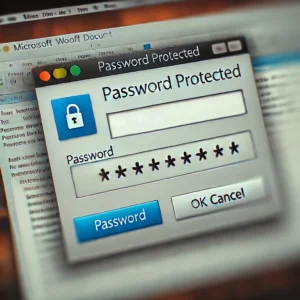As the old saying goes, all good things must come to an end, and that includes Windows 7. After running for a decade, from January 14, 2020, Microsoft will stop providing security updates or support for devices running the hugely popular Windows 7. Microsoft has said “Every Windows product has a lifecycle. The lifecycle begins when a product is released and ends when it’s no longer supported. Knowing key dates in this lifecycle helps you make informed decisions about when to update, upgrade or make other changes to your software.” According to Netmarketshare 39% of PCs are still running Windows 7. If you are using one of those machines you have likely been receiving reminders from Microsoft for the last few months.
Below we discuss why it is important to upgrade to Windows 10 and what you need to know if you decide to stick with Windows 7.
What happens if I continue to use Windows 7?
Mainstream support for Windows 7 actual ended on January 13, 2015. Since then no new features have been added and any warranty claims stopped being valid. The extended support phase continues until January 14, 2020, during this period Microsoft will continue to release patches and updates for security issues and bugs. After this date all forms of support for Windows 7 will stop.
Windows 7 will continue work once this extended support period ends, however, your PC will no longer be protected against security risks. The end of support means that there will be no more security and feature updates released by Microsoft for Windows 7, leaving your device vulnerable.
If you do decide to continue to use Windows 7 after January 2020, we recommend that you ensure you have a good backup strategy in place. With your device being more vulnerable to viruses and Microsoft unlikely to offer support should you have any issues with your device, having regular backups of your data becomes increasingly important.
Microsoft can block support for any machine at any time, so Windows 7 users should be prepared.
Why should I upgrade to Windows 10?
Security – Whilst Windows 7 will continue to work, it is still strongly recommended that you upgrade to the latest version. With cyber threats becoming increasingly complex and no patches being released for any new viruses or security problems you device will become progressively vulnerable to emerging threats. With 39% of devices thought to still be using Windows 7, this could be an attractive area for attackers to target.
Ease – With both operating systems being made by Microsoft the upgrade procedure is relatively easy. The upgrade will cause minimal disruption to your device. As end-of-like was announced in 2015 most programs have since been updated ready to work with Windows 10 when users upgrade. Following the largely unpopular roll out of Windows 8, Windows 10 have returned to a layout and interface much closer to Windows 7, so the adjustment to the new features should be quick and relatively painless.
Functionality – Microsoft will no longer be releasing new features for Windows 7. Windows 10 is already loaded with multiple additional features and advanced functionality, including being built for touch screen.
What do I need to upgrade to Windows 10?
To ensure that your device is ready to upgrade to Windows 10, you should check that it means the requirements detailed by Microsoft. The below are the minimum recommend specifications for Windows 10:
• Processor: 1 gigahertz (GHz) or faster processor or SoC.
• RAM: 1 gigabyte (GB) for 32-bit or 2 GB for 64-bit.
• Hard disk space: 16 GB for 32-bit OS 20 GB for 64-bit OS.
• Graphics card: DirectX 9 or later with WDDM 1.0 driver.
• Display: 800 x 600 resolution
If you find that your current device does not meet these specifications, you may encounter issues running Windows 10. If this is the case, we recommend updating your hardware to a device with at least a 2GHz dual-core processor, 4GB of RAM (8GB ideally) and a 160GB hard drive. Alternatively, you can upgrade your current hardware to enable it to run Windows 10. Whilst this can often be a cost-effective choice it is more complex and there is a limit to the amount you can upgrade before it becomes a better option to buy a new device.
If you or your business are still running Windows 7 and would like more information on the implications of the end of support or upgrading to Windows 10 contact a member of our team now on 0203 904 3464 or [email protected].






